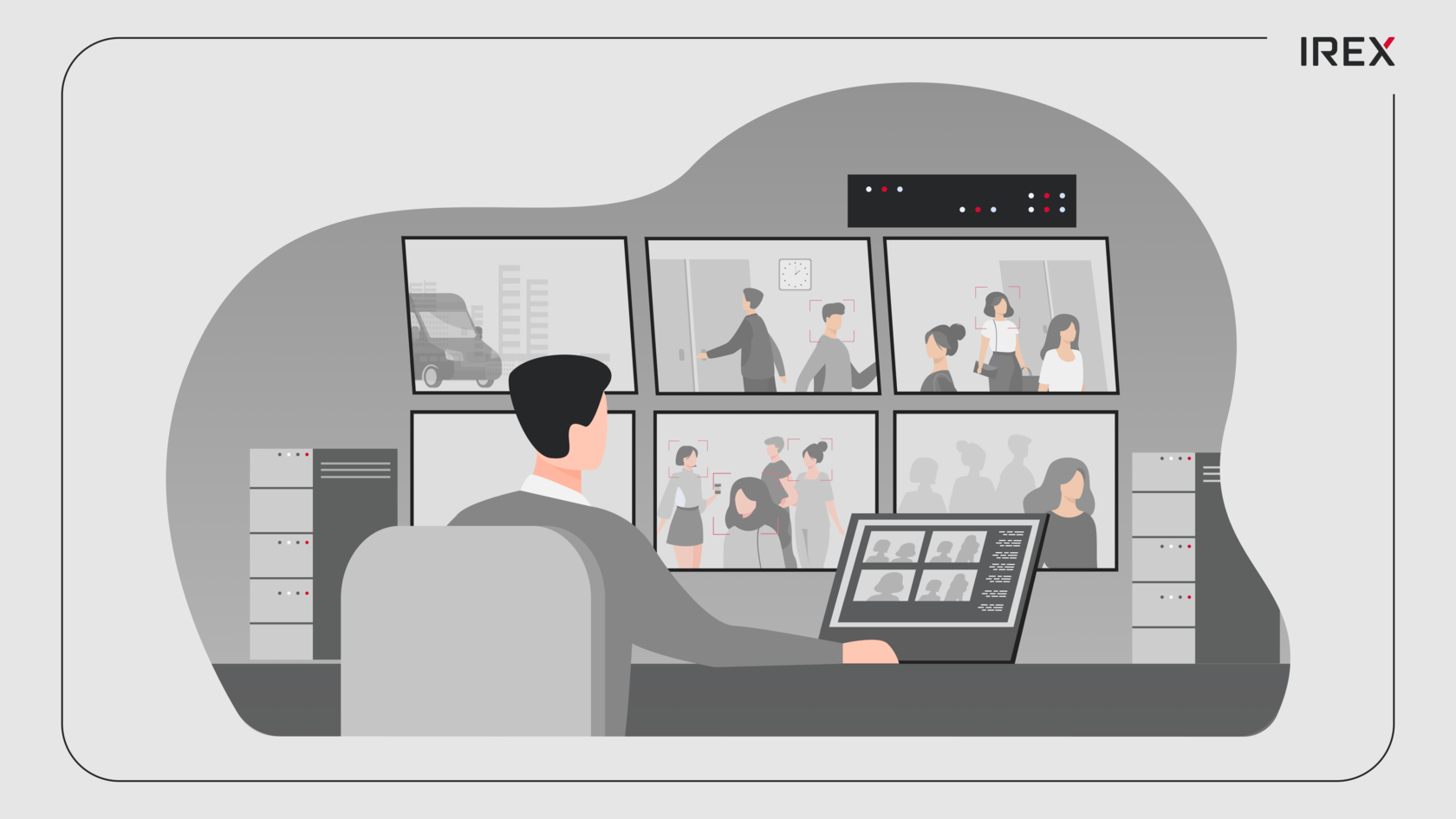In an era dominated by technological advancements, politicians are increasingly turning to AI surveillance tools to address critical issues such as finding missing children, locating missing individuals, and combating human trafficking.
This move not only reflects a commitment to public safety but also has significant implications for political campaigns. Mayors, in particular, are at the forefront of this trend, incorporating cutting-edge technology to showcase their dedication to creating safer communities. This article explores how politicians, especially mayors, are leveraging AI surveillance tools and the potential impact on their political campaigns.
This move not only reflects a commitment to public safety but also has significant implications for political campaigns. Mayors, in particular, are at the forefront of this trend, incorporating cutting-edge technology to showcase their dedication to creating safer communities. This article explores how politicians, especially mayors, are leveraging AI surveillance tools and the potential impact on their political campaigns.
Enhanced Public Safety Narratives
Politicians have long recognized the importance of public safety in their campaigns. By integrating AI surveillance tools into their city's security infrastructure, mayors can present themselves as proactive leaders committed to leveraging the latest technologies for the well-being of their constituents. The narrative shifts from mere promises of safety to tangible actions, creating a stronger foundation for their political platforms.
Demonstrating Technological Leadership
Utilizing AI surveillance tools signals a mayor's commitment to technological leadership. By investing in advanced systems capable of addressing complex issues like missing persons and human trafficking, politicians position themselves as forward-thinking leaders who understand the role of technology in modern governance. This can appeal to tech-savvy voters and those who prioritize innovation in public administration.
Transparency and Accountability
Implementing AI surveillance tools for public safety purposes fosters transparency and accountability. Mayors can highlight how these systems adhere to ethical standards, ensuring that surveillance is conducted responsibly and with respect for privacy. This commitment to transparency can enhance a politician's credibility, assuaging concerns about potential misuse of surveillance technologies.
Collaboration with Law Enforcement
AI surveillance tools enable mayors to collaborate more effectively with law enforcement agencies. The integration of these technologies facilitates seamless information sharing and coordination in addressing criminal activities. Politicians can emphasize their partnerships with law enforcement as a cornerstone of their commitment to public safety, showcasing a collaborative approach to governance.
Data-Driven Decision-Making
Mayors leveraging AI surveillance tools can emphasize their commitment to data-driven decision-making. By using real-time analytics and insights provided by these systems, politicians can showcase their ability to make informed choices based on accurate and up-to-date information. This positions them as leaders capable of navigating complex urban challenges.
Public Perception and Support
While the use of AI surveillance tools can be a contentious issue, politicians who successfully communicate the benefits of such technologies in enhancing public safety may gain increased public support. The key lies in transparent communication, assuring constituents that these tools are used responsibly and ethically to protect their communities.
Conclusion
As mayors increasingly integrate AI surveillance tools into their city's public safety initiatives, the political landscape is evolving. This technological shift allows politicians to build narratives centered around enhanced security, technological leadership, and a commitment to transparent and accountable governance. While the adoption of AI surveillance tools may have political implications, the overall aim is to create safer and more secure communities, addressing critical issues such as missing children and human trafficking. As technology continues to play a pivotal role in governance, politicians who adeptly navigate this landscape may find themselves in a position of greater public trust and support.


